
Murder So Rash
In Book 5, Penrose & Pyke are under siege. A mischievous gossip, a series of robberies, and now a callous murder and a looming epidemic. How much worse can it get?
When a shopkeeper dies during a robbery, Detective Charlie Pyke is desperate to track down the killer for reasons close to his heart. If only it was that simple. A tell-all article in the local ladies’ journal threatens both his investigation and his private life. Charlie needs Grace Penrose to stand by him, but she has her hands full preventing a deadly outbreak of measles.
The rash of clues only starts to make sense when they combine forces. The problem is, neither knows quite what is at stake.
Inspiration
The terrifying prospect of a measles outbreak has Dunedin on tenterhooks in Book 5 in the Penrose & Pyke Mystery series, Murder So Rash.
Measles is perceived as a fairly benign disease in this modern era of vaccinations. (In fact, it is anything but, as recent fatal outbreaks attest.) In the Victoria era, all infectious diseases were feared. Measles is extremely contagious, with a high death rate amongst unvaccinated young children.
Quarantine Island
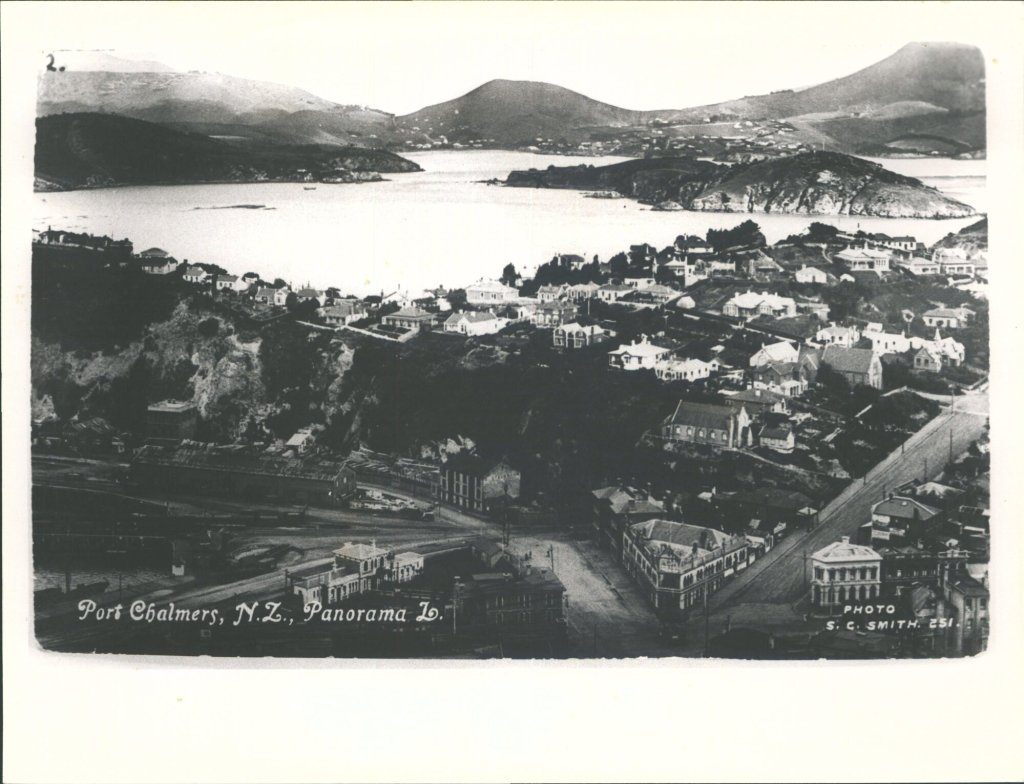
In 1800s New Zealand, the main line of defence was isolation. Any ship carrying a potentially deadly disease would be put into quarantine, with the passengers held in a quarantine station for around a fortnight. Quarantine Island was one of these stations and can still be visited today (https://quarantineisland.org.nz).
As shown in this historical photo (source: Hocken Library), the island (upper right) is close to Port Chalmers, the main port of Dunedin.
The second photo shows the large dormitory building and keeper’s cottage above the jetty (source: Hocken Library). The hospital was well away from the other buildings, on the top of the island. The Portobello side of the harbour is in the foreground.
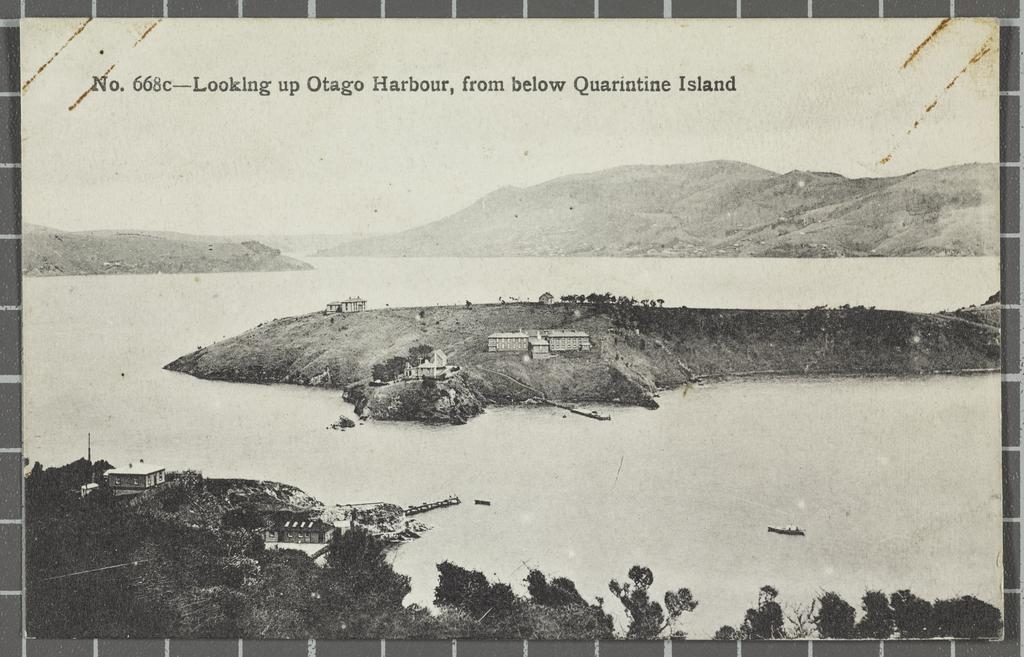
How miserable it must have been in a fierce southerly in winter. And how gut-wrenching to be within sight of shore but unable to leave, after weeks or months crossing the ocean.
Nine thousand immigrants from forty-one ships spent time on Quarantine Island, of whom at least seventy-two died there. One of the most infamous ships quarantined in Otago Harbour, the SS Mongol, suffered sixty-seven cases of measles and twenty-one cases of scarlet fever, with a dozen deaths occurring on the voyage from Plymouth in 1873-74, amongst fewer than three hundred assisted immigrants (including 108 children). Despite being quarantined, further cases were detected in the community, sparking considerable concern and a long-lasting fear of further outbreaks.
The 1874-75 measles epidemic had the highest death rate amongst the European population of all the outbreaks in New Zealand, with 80% of deaths being children under five. Another outbreak in 1893 (the year after this story is set) had the highest number of deaths in one year. The death rate for the indigenous population is not recorded, but measles and other infectious diseases have inflicted terrible devastation on Māori since the arrival of Europeans.
Detective Cameras
One of the things I love most about writing stories set in the late Victorian era is the abundance of new inventions and technology to showcase. For the latest innovations gaining public attention, and verbose reactions for and against, there is nothing like reading “Papers Past”, New Zealand’s National Library archive of old newspapers and journals. Amateur photography was making waves in the 1890s, thanks to the invention of hand-held cameras. The classic camera of the era was George Eastman’s Kodak box camera, which took 100 photos.


The fad for taking candid shots also prompted manufacturers to develop “detective cameras” in the shape of everyday items. Advertisements in the Dunedin newspapers noted various types, especially necktie cameras (as below), but there were also cameras in waistcoats, binoculars, pocket watches, and bags.
Otago Museum in Dunedin has an example of an early detective camera, with this image from their blog: est. 1868: Stirn’s Optimus detective camera | Tūhura Otago Museum

Inevitably, concerns were raised about their nefarious potential, taking images unbeknownst to the subject.
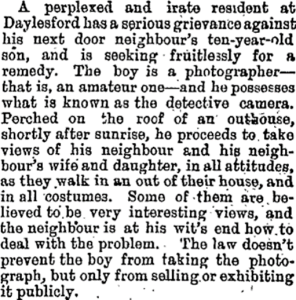
Bird Collectors
The 1800s were also an era of relative prosperity (for a select social group) and enthusiasm for science and exploration. Avid collectors demanded exotic flora and fauna for their collections. In 1888, a single London dealer was reported to have sold two million small birds alone.
New Zealand’s avian fauna – flightless birds such as kiwi, oddities like penguins, spectacular giant albatrosses – drew many eager hunters and collectors to our shores. They contributed to the extinction of several species, including the huia (left photo). Pairs of huia were especially prized, as they were used as a moral example of male and female working together (the sexes having beaks adapted for different tasks). Huia were already rare by the 1890s, with the last confirmed sighting in 1907. (All images sourced from Hocken library).

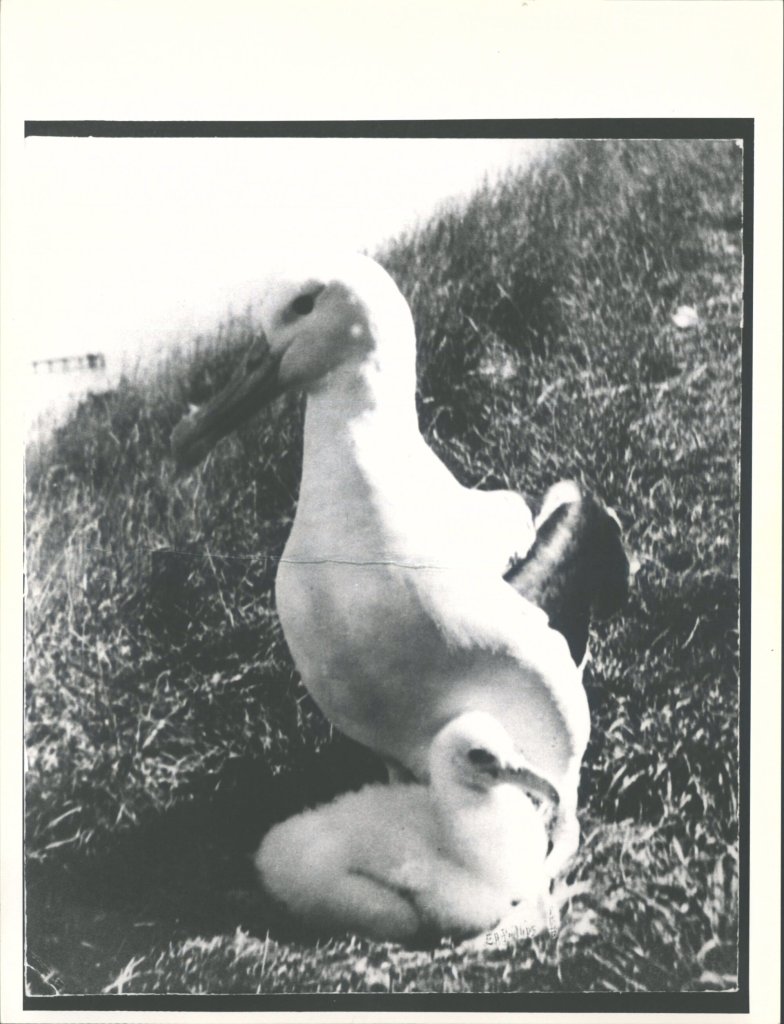
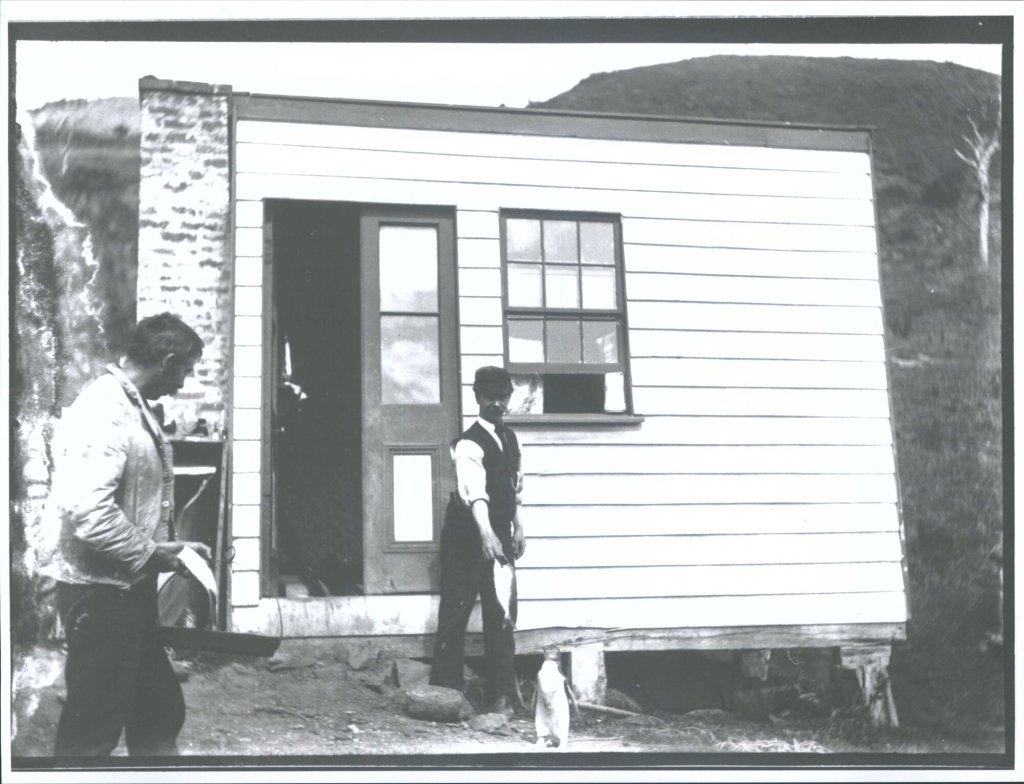
No trip to Dunedin is complete without a trip to the magnificent Royal Albatross colony at the far tip of the Otago Peninsula (middle photo). Penguins can be seen in various places, even nesting under coastal houses in some places (right photo). My parents had several (rather noisy and smelly) penguins in residence under the floorboards in their first house in Eastbourne, Wellington.
Hotels
Two of Dunedin finest hotels are featured in the story – the Grand Hotel and Wains Hotel – both of which are still standing today. (Images of the Grand and Wains hotels sourced from the Hocken library).
The interior description of the Grand in the story was from the Cyclopedia of New Zealand (The Grand Hotel | NZETC (victoria.ac.nz)): “This hotel, which cost over £40,000, takes rank as one of the finest houses in the Southern Hemisphere … The chief entrance is from High Street, by handsome glass folding doors, through which visitors pass into the central hall or vestibule, with its beautiful mosaic floor and decorated glass dome …”
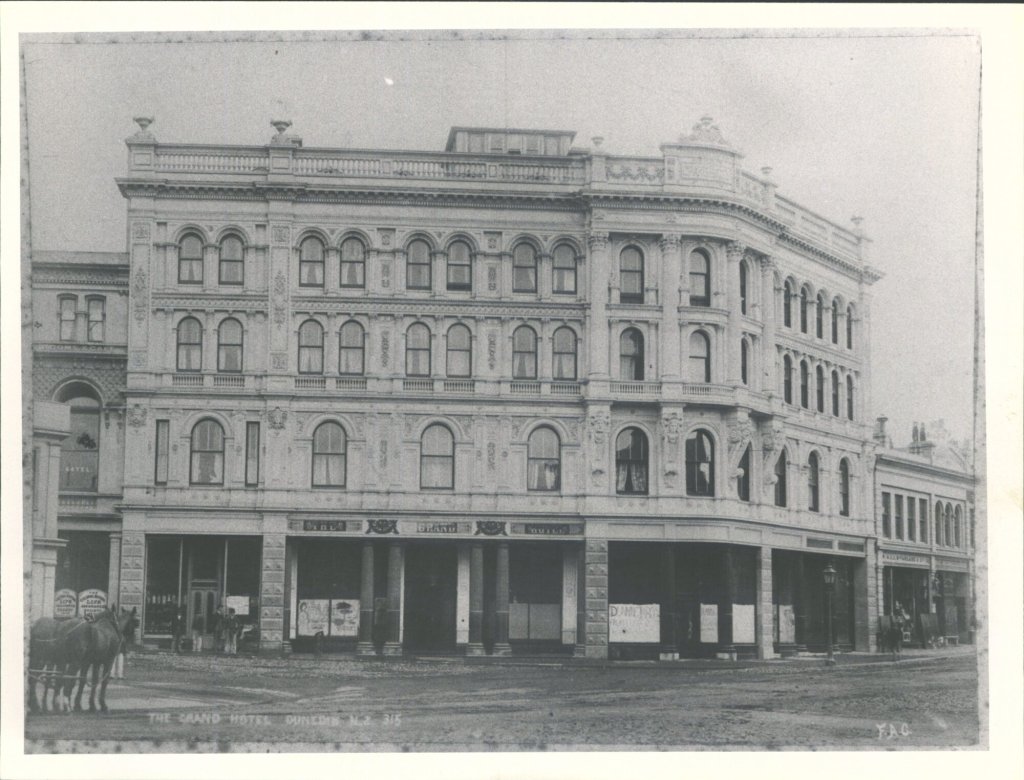
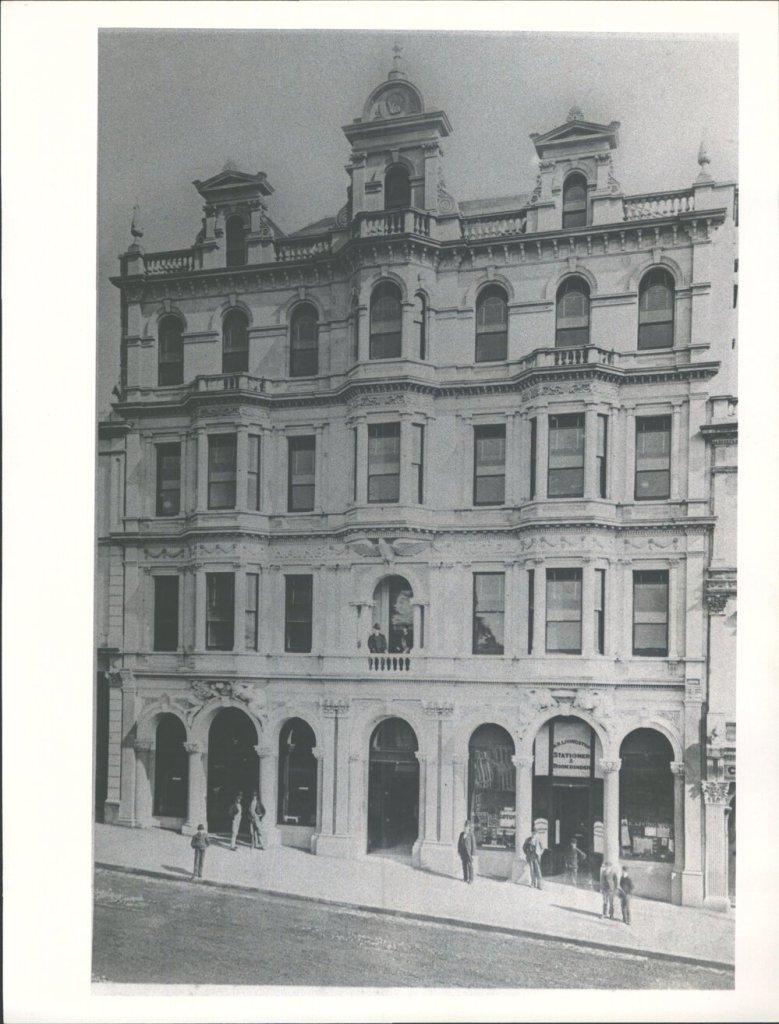
Leave a comment